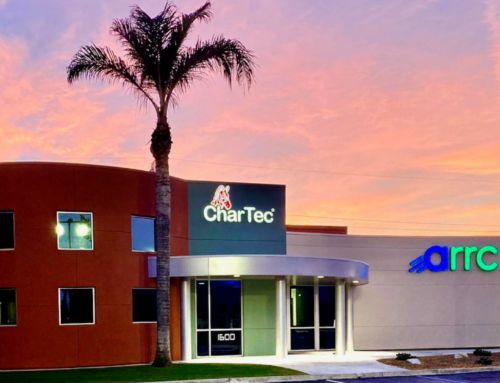SEO, or search engine optimization, is an important category, and understanding the difference between Technical SEO vs. On-site SEO is crucial.. Per Search Engine Journal, organic search is most often the primary source of website traffic. When you’re looking at audit reports of your website, it’s easy to get bogged down in all the technical aspects. However, keep in mind that a good SEO strategy will enhance both on-site and technical SEO.
If you’ve seen CharTec’s “Your Website Audit in a Nutshell” Academy Session, you’d have heard Brandi Reed talking about technical SEO and on-site SEO. The best way to rank high in Google and attract visitors is by ensuring your site has properly tackled all the technical aspects of SEO while publishing high-quality, optimized content. It’s a tricky balance to master. Let’s take a look at both.
Technical SEO
Site architecture
Your site’s architecture is critical. The architecture refers to the structure of your pages and the way they are linked together. If the engines can’t navigate efficiently throughout your site and determine which pages you want them to see most, they won’t effectively direct users there. Navigation also ensures that your high-priority pages get more link authority to help users find what they need. This helps keep your bounce rate low.
Speed
When people are clicking around online, they generally don’t like to wait. Google prefers to send users to pages that load quickly. You need to ensure all the content on your site will load quickly, even for those who have a slow internet connection. Simplifying code, optimizing images, and reducing redirects can go a long way in this regard.
Code quality
If you want Google and other search engines to understand your site’s content, you’ll need to use clean, clear code. There are some programming languages that Google seems to understand better than others, but whichever you choose, you need to ensure search engines will be able to access your site’s content.
XML sitemaps
An XML sitemap will tell search engines about the pages, videos, and images on your website. It’s essentially a list of the pages on your site that serves as a roadmap for search engines to find their way around.
Other aspects go into technical SEO, such as security, structured data, and mobile-friendly optimization.
On-Site SEO
With the back end squared away, you’ll want to ensure the pages on your site are created with SEO in mind as well. On-site SEO encompasses each page’s content and HTML source code. Here’s a look at some of the main aspects that go into on-site SEO.
Target Keywords
You need to develop a good keyword list that considers your target audience and the keywords your competitors are targeting. Choose primary and secondary keywords for each page that have proven to raise conversion rates. Keyword tools can help with this. You’ll also need to get density right, using your keywords naturally without stuffing.
Meta descriptions
A catchy and unique meta description that includes your primary keyword will draw visitors in and explain what your page offers. This meta description is the first thing potential visitors see when your site shows up in search results, so be sure to make it appealing.
High-quality content
Your content should be well-written and follow the EAT metric: Expertise, Authoritativeness, and Trustworthiness. It needs to be written at the right reading level for your audience and hit the sweet spot when it comes to length. If it’s too short, it won’t provide value; if it’s too long, readers might skip your page in favor of something more concise.
Fresh content
You’ll need to update your content regularly if you want to rank higher. Work on updating statistics and facts or add extra content to enrich your readers’ experience. Some of the other factors that you can optimize in on-site SEO include title and header tags, images, and user engagement.
Even the most stellar content won’t be enough to get your site ranked if you’re not mastering technical SEO. If search engines can’t effectively crawl, index, or rank your site, no one will see your content. At the same time, however, even the best technical SEO isn’t going to be enough if your on-site SEO falters. Give each page the attention it needs to help it rank higher. This practice will improve your site’s overall performance.
When all these moving parts come together, you’ll have a much better chance of finding yourself on that all-important first page of search results. And don’t forget, we can run an SEO Audit for you!
Contact us at Marketing@CharTec.net if you’re interested or fill out a form here. Good luck!







Leave A Comment